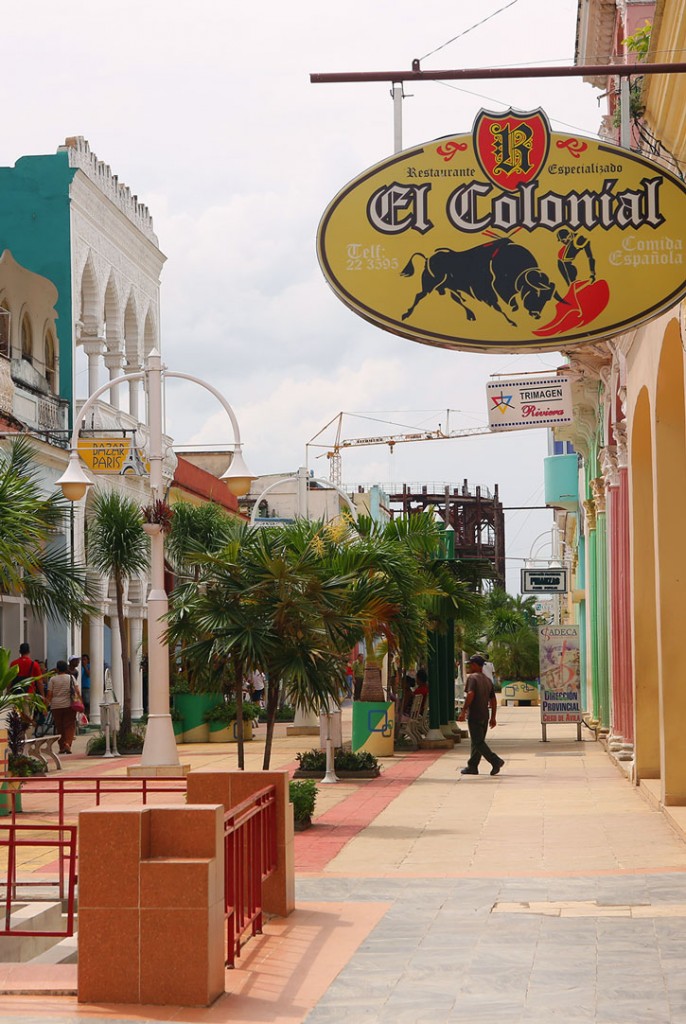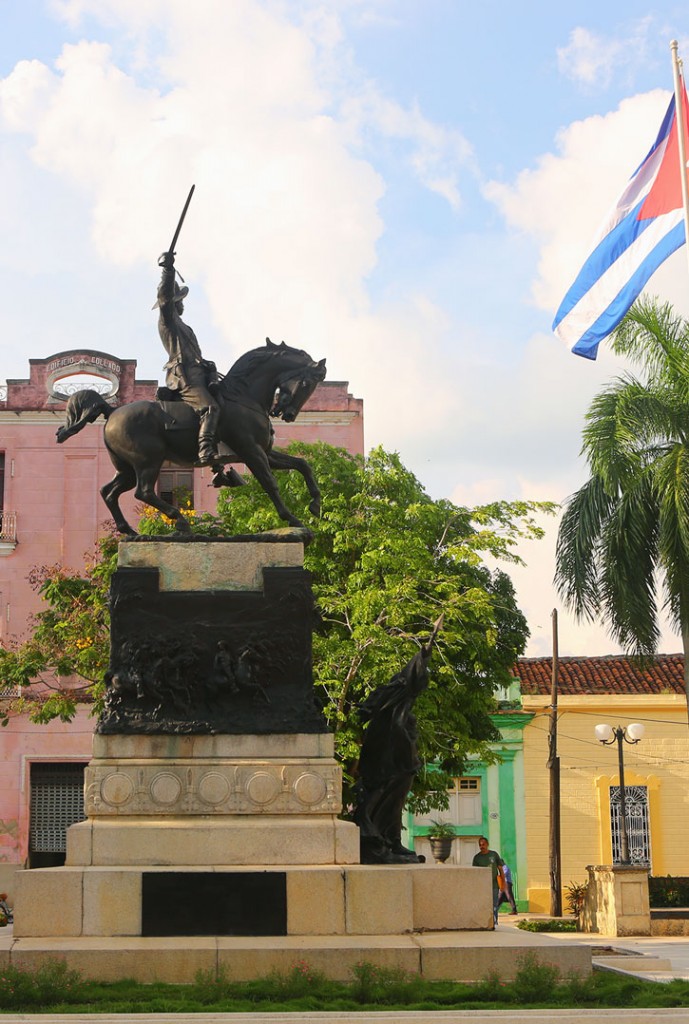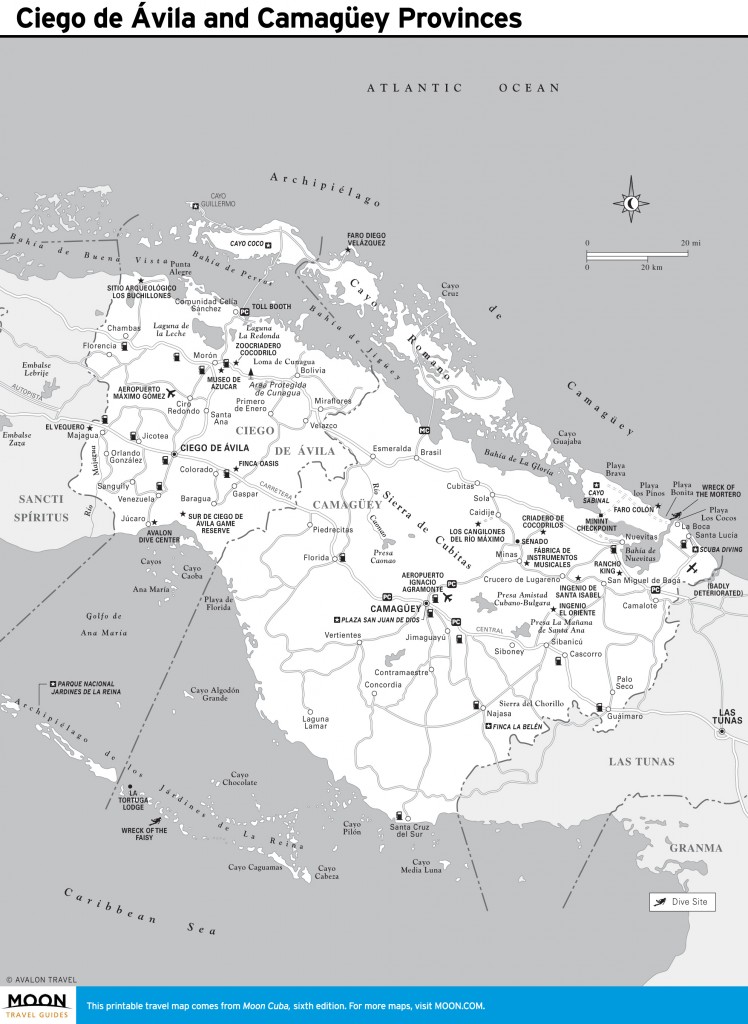
El Búlevar, Ciego de Ávila. Photo © Christopher P. Baker.
Gateway to these two cays is Morón, a small-scale town that boasts the excellent Museo Caonabo and the Museo de Azúcar, where a steam-train ride is offered. Anglers can cast for game fish in nearby Lago La Redonda. Morón is served by trains, with direct connection to both Havana and Ciego de Ávila, the provincial capital.
You could easily justify three days in this colonial city, which boasts several historic plazas.More interesting by far is Camagüey. You could easily justify three days in this colonial city, which boasts several historic plazas. Camagüey is a gateway to Playa Santa Lucía. This second-rate beach resort appeals mostly to budget-minded Canadians and Europeans, with second-rate hotels and a desultory nightlife. Sure, the diving is exceptional, but that’s about it (even the beach pales in comparison to Cayo Coco). The hinterland is physically unappealing, although a worthwhile excursion is to Cayo Sabinal, with spectacular beaches and waters touted for future development. At Rancho King, you can watch a rodeo and even play cowboy for half a day.
Monumento Major General Ignacio Agramonte in Parque Agramonte. Photo © Christopher P. Baker.
Opportunities abound for bird-watchers, not least at Finca La Belén, a wilderness area southeast of Camagüey city. Set amid scenic terrain, it provides a rare opportunity for hiking and is served by a delightful hotel.
Divers, anglers, and yachters should set their sights on the Parque Nacional Jardines de la Reina. This necklace of cays off the southern coast is accessed solely from the funky fishing village of Júcaro, south of Ciego de Ávila. Visitation is controlled exclusively through a single agency, based in Júcaro.

Ciego de Ávila and Camagüey Provinces
Excerpted from the Sixth Edition of Moon Cuba.